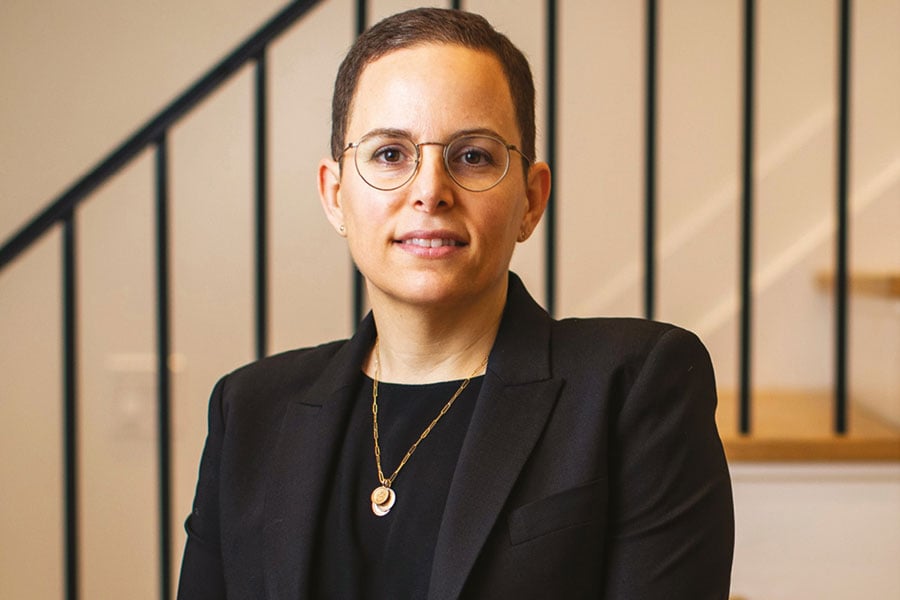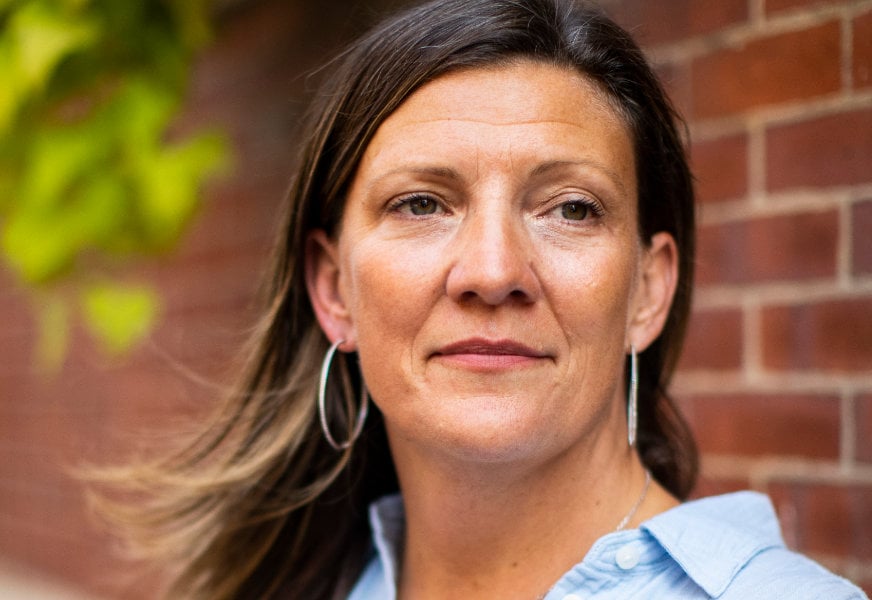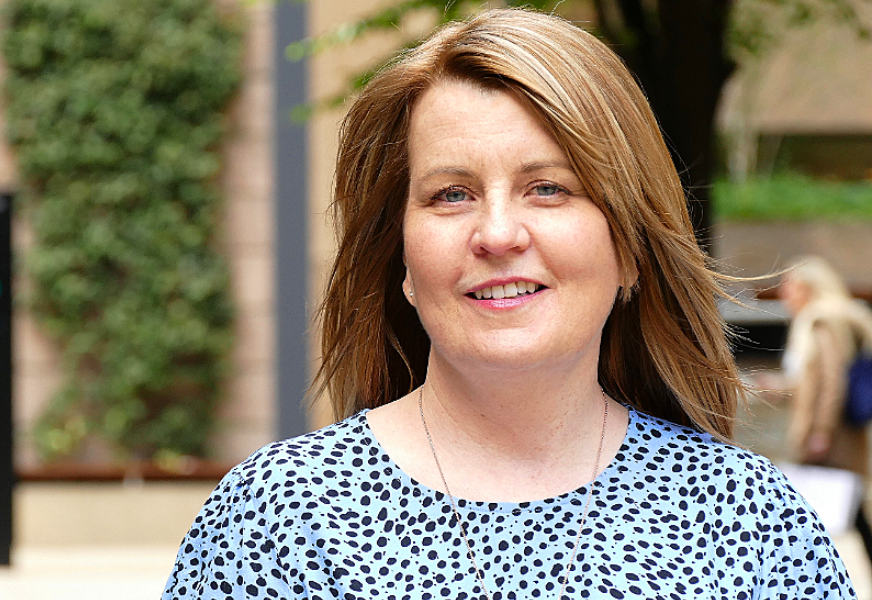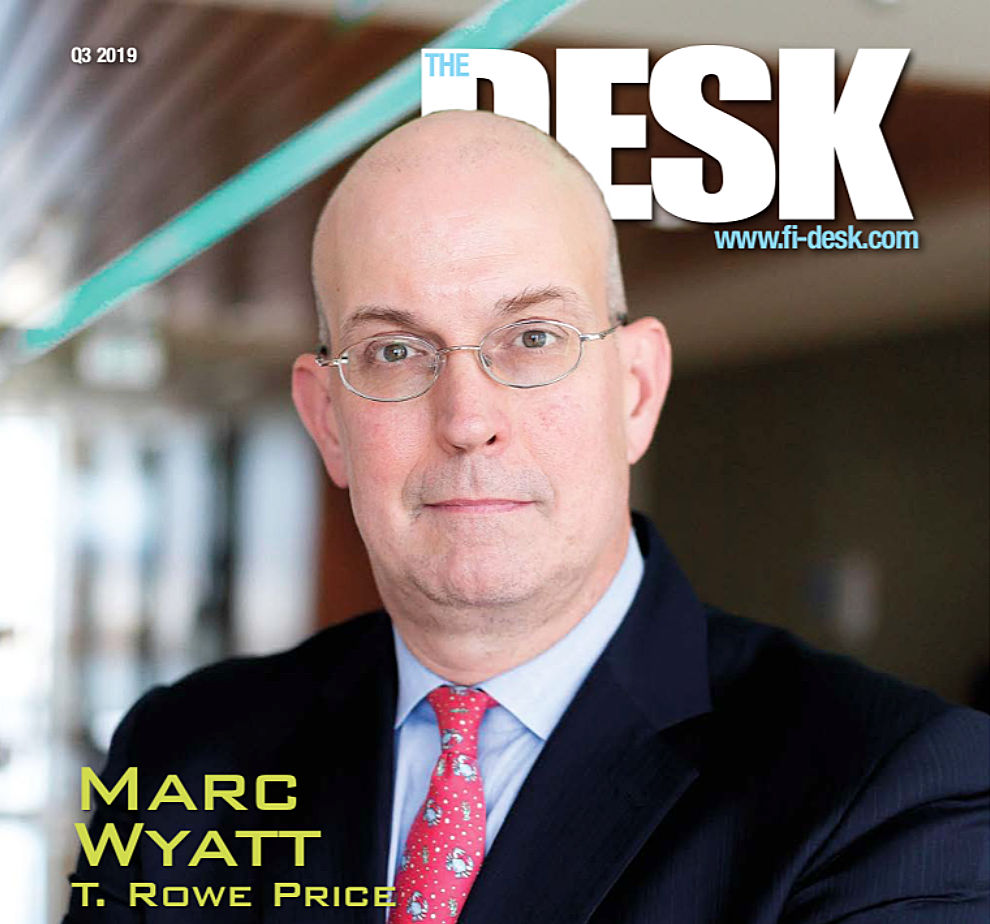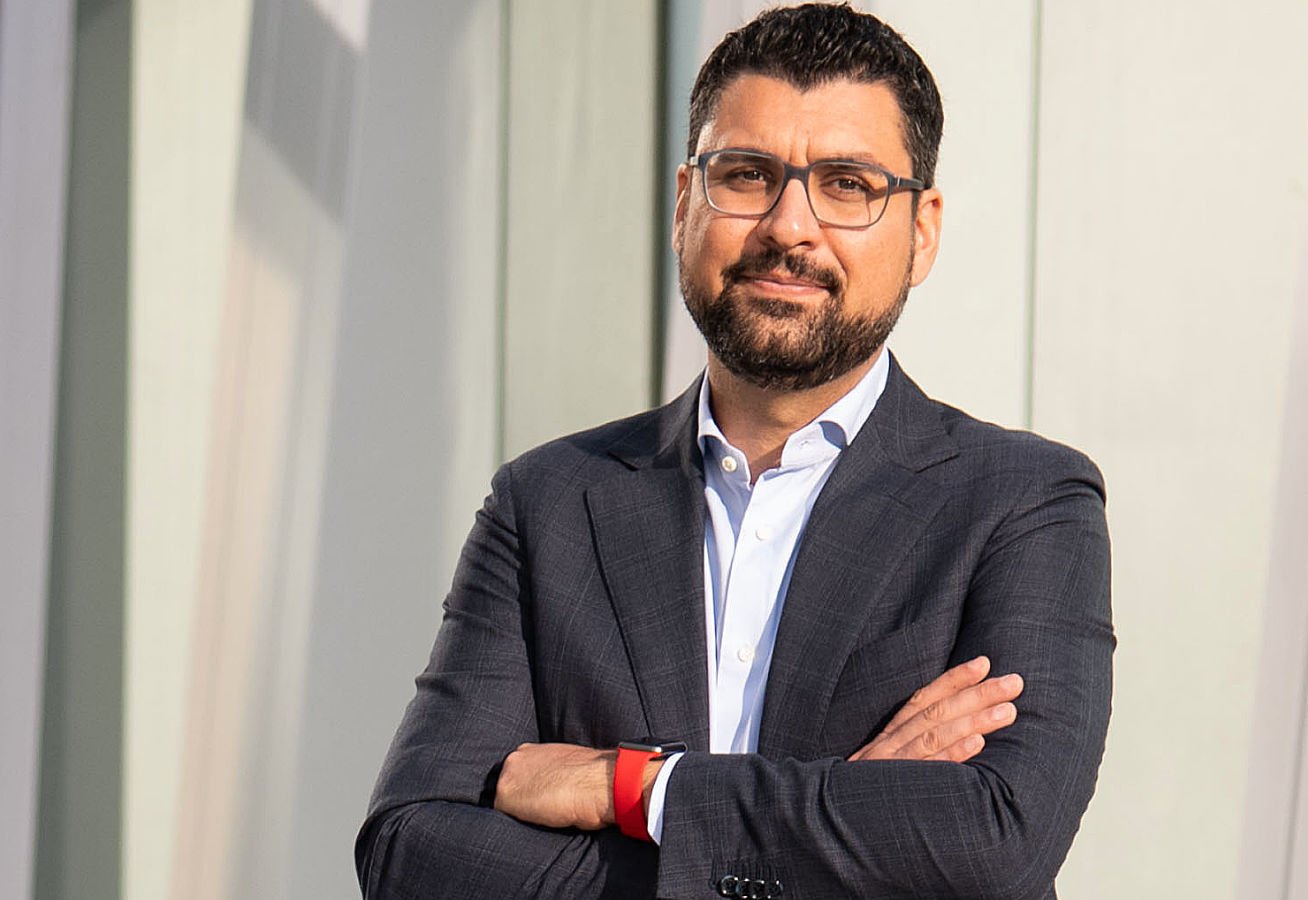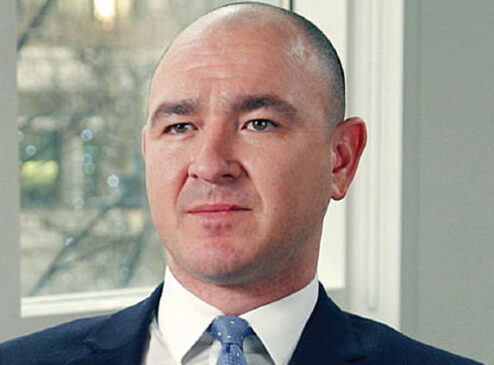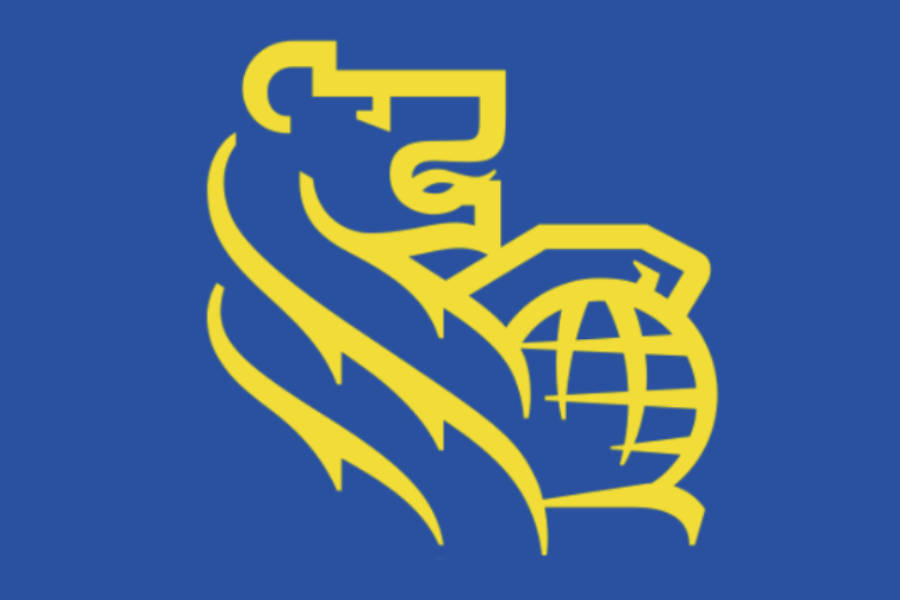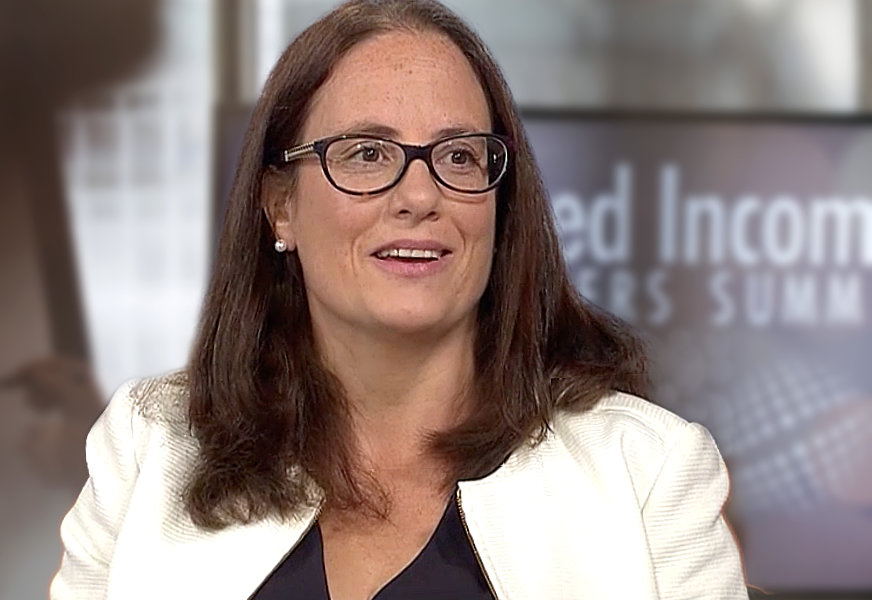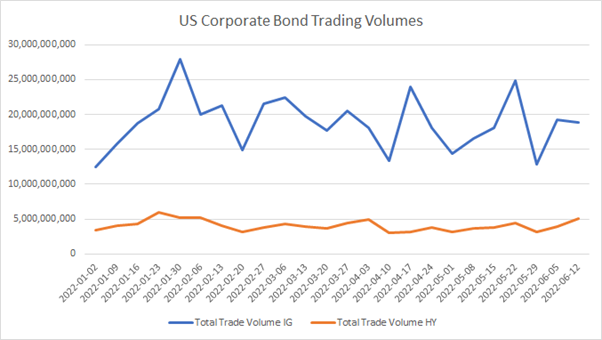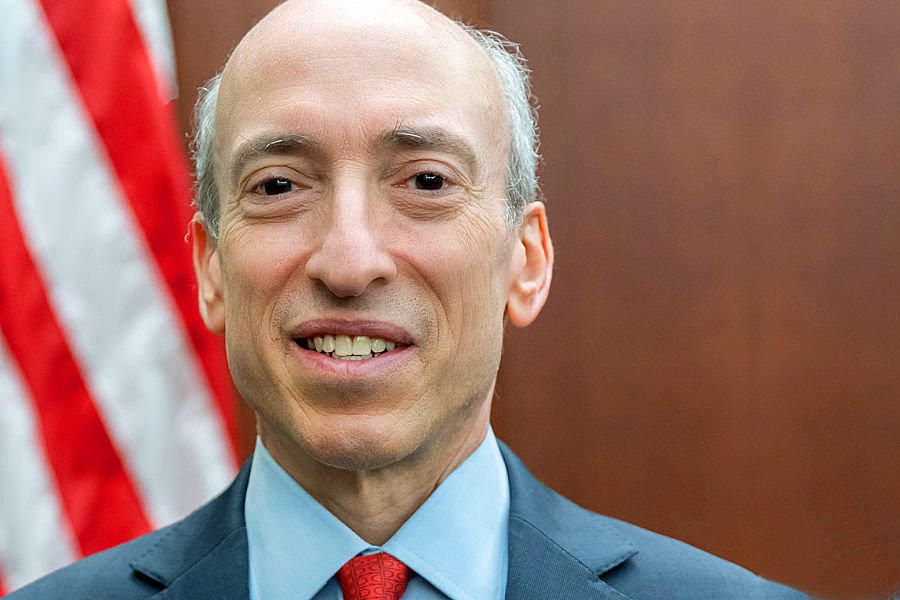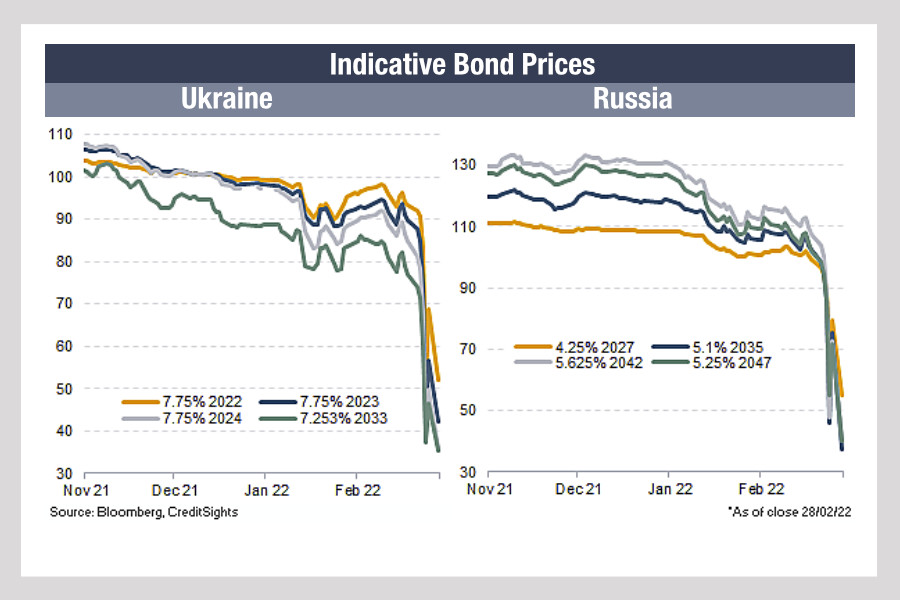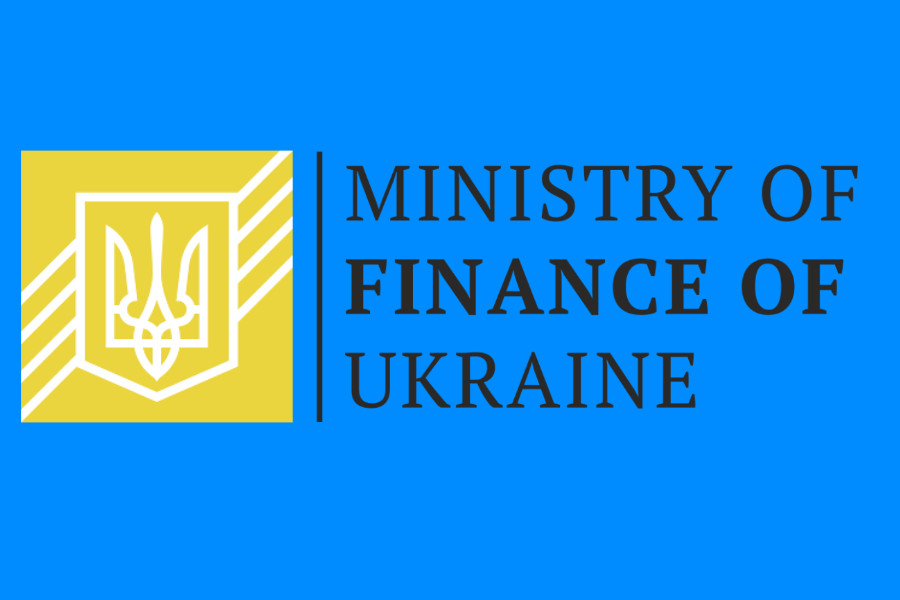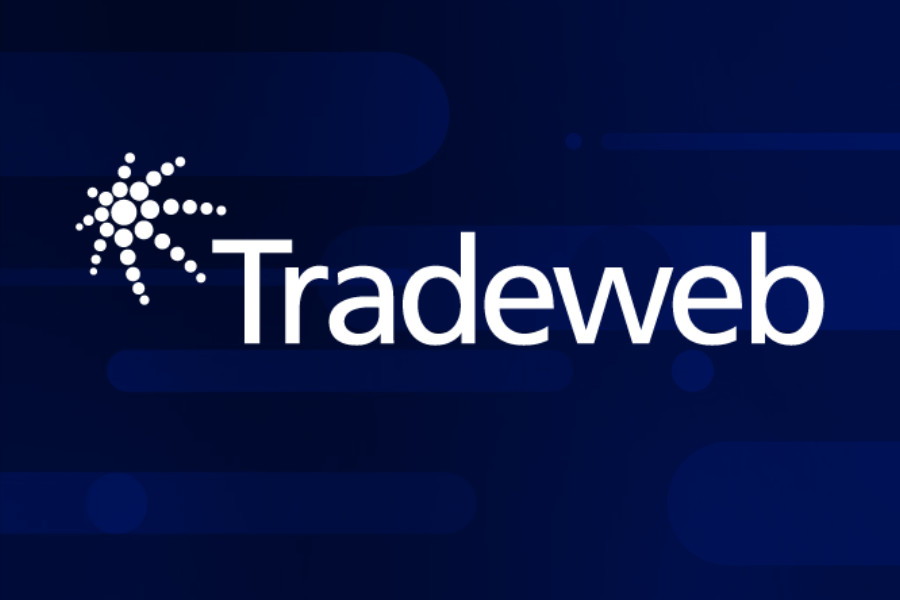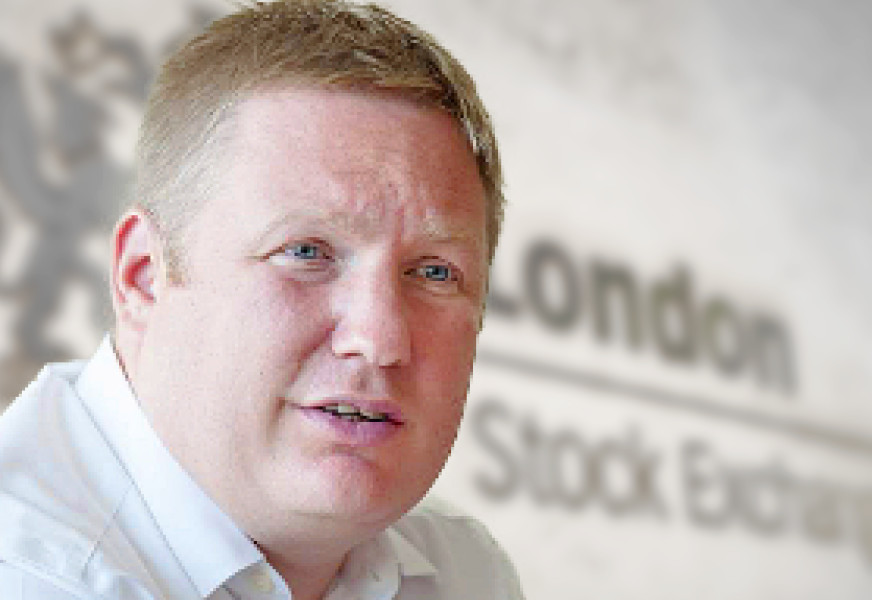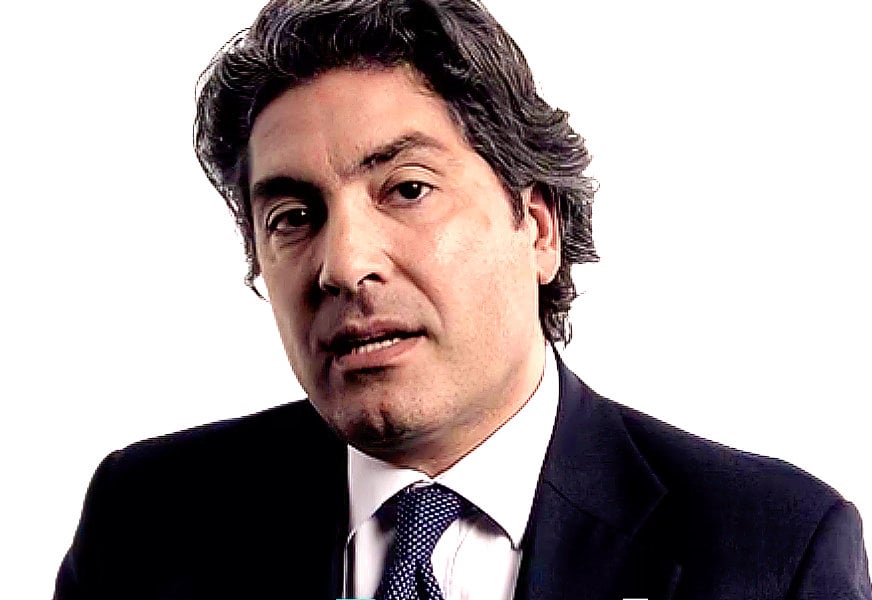 Mark Rogerson, CME
Mark Rogerson, CME
In conversation with Mark Rogerson, executive director, head of interest rate products, EMEA, CME Group
Momentum is gathering in the development of alternative reference rates to replace LIBOR and the other IBORs. How is CME supporting this transition?
CME has been heavily involved in the move towards alternative reference rates and we have quickly developed innovative new products to support these rates. Most recently we launched sterling-denominated SONIA futures in October 2018 and before that we launched SOFR futures in the US in May. We have already traded more than 600,000 of those SOFR-based contracts, and we recently had a single day record of over 25,000 contracts.
How deep is liquidity in these new products?
Risk-free reference rate futures are offered as an alternative to existing benchmarks, and they are establishing themselves in their own right. Products linked to existing benchmarks such as Eurodollars remain extremely important and liquid. Eurodollar futures in 2018 trade over 3 million every day, up 20% year on year. Relative to that, SOFR and SONIA have some way to go and are moving in the right direction. More than 80 firms have now traded SOFR futures since the launch in May. Alongside futures, we also offer the ability to clear SOFR-based swaps, which creates a virtuous circle because the futures provide the price discovery for the swaps and the swaps are then hedged with the futures. The third leg is increased issuance against SOFR rates and we are beginning to see a more diverse range of issuers, which is a necessary part of the transition process. SONIA was a pre-existing benchmark so it had a head start and was already being used in the OTC market. We are supporting the market structure by giving customers a choice of where they want to trade those products.
The Working Group on Sterling Risk-Free Rates has just completed a consultation on term SONIA reference rates. Why is this important?
The key to term SONIA reference rates is education – as market participants and infrastructure providers, we all need to better understand the need for term rates and the best way to develop them. When it comes to how the term rate will actually be calculated, there seem to be two tracks gathering momentum – one is by use of OTC OIS prices which seems to be favoured in the UK while the US track utilised data from the futures market. Both of those tracks have the potential to be successful and different outcomes may be appropriate in different markets. We will continue to work with the recommendations of the relevant working groups.
Is there a danger of market fragmentation as these new alternative rates and products are developed?
The market is already familiar with fragmentation across swaps, futures, cash bonds and bond futures, because each of those products is traded and cleared on different venues. It is inevitable that some fragmentation will remain, though we may see some consolidation at a later date. From our perspective, the most important thing is to understand what our customers need and to be as innovative as we can with the products we develop. We deliberately developed SOFR futures to be similar to existing products, which was a choice driven by more than 300 customer conversations during which we were asked to make the products look and feel familiar so that they could be adopted more quickly. Innovation will drive opportunity for customers, and by developing a varied range of products we are expanding the choices available.

